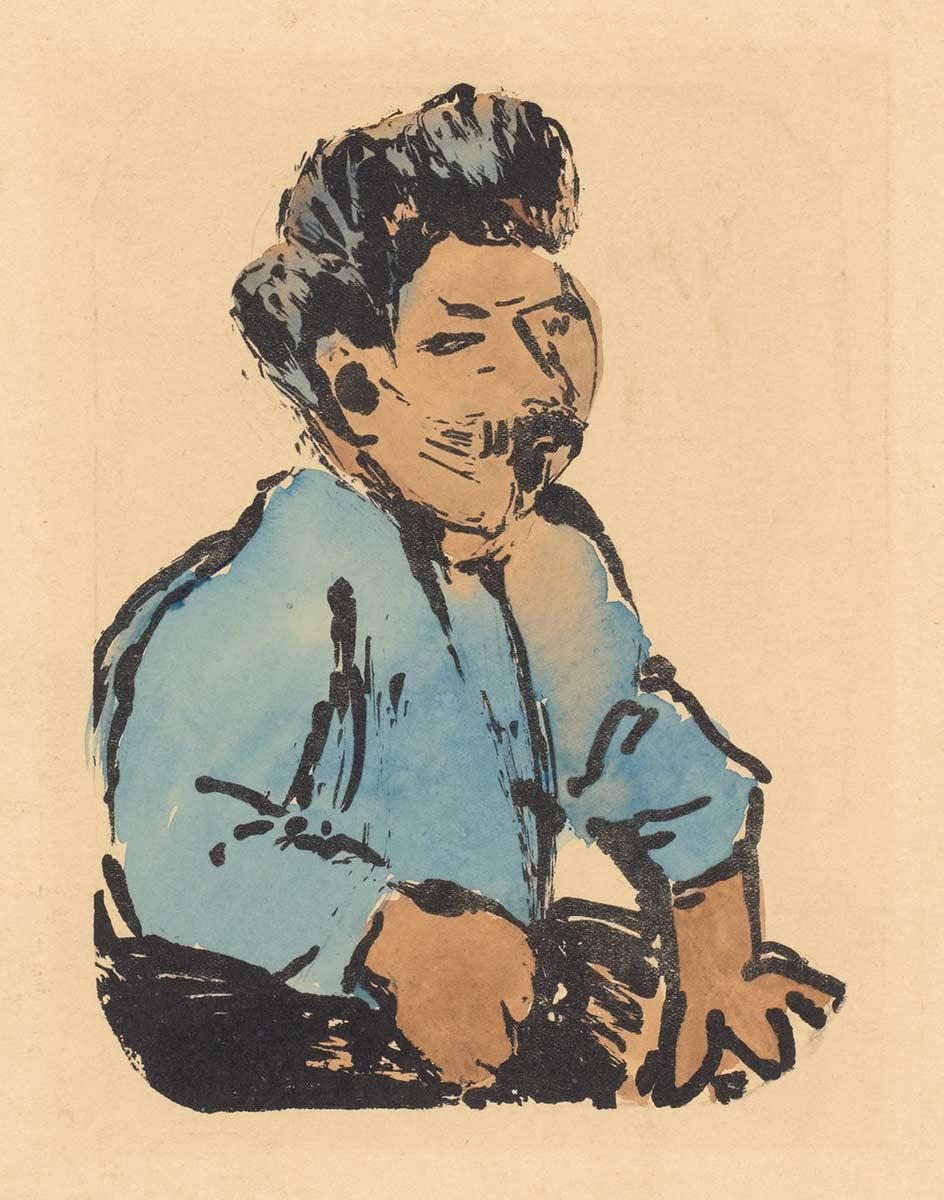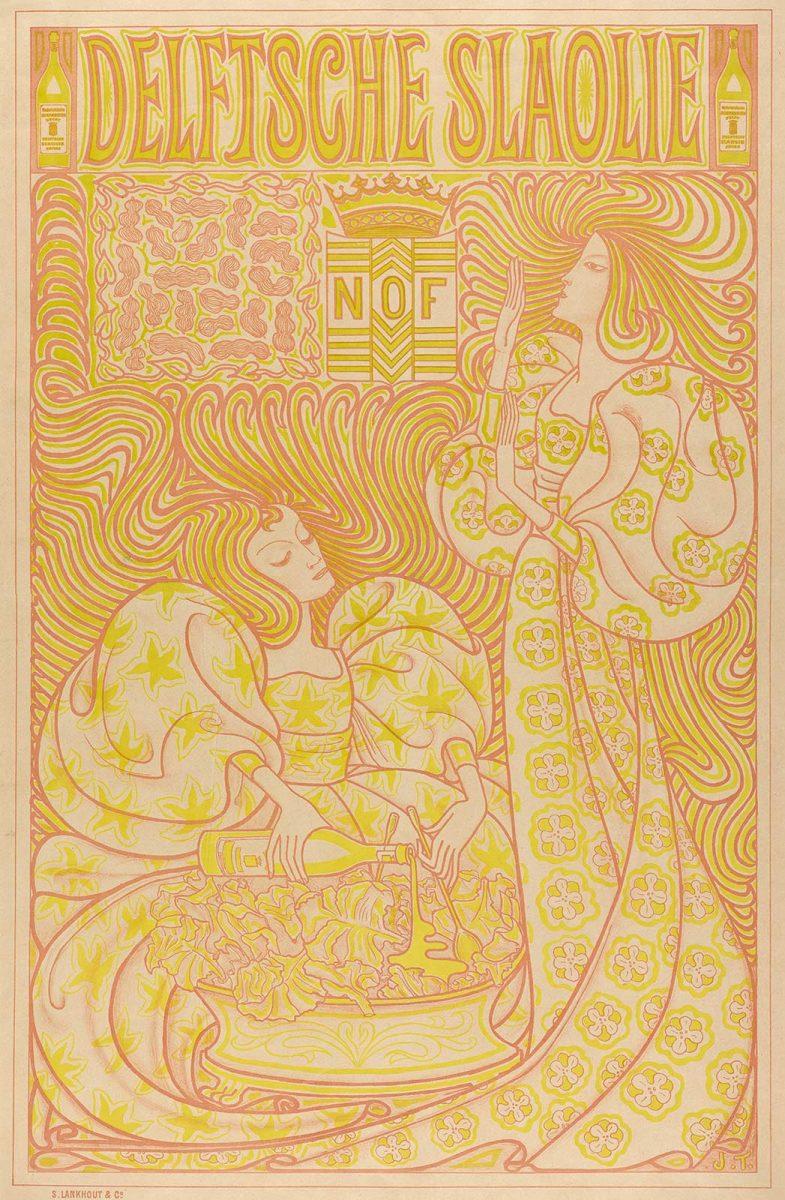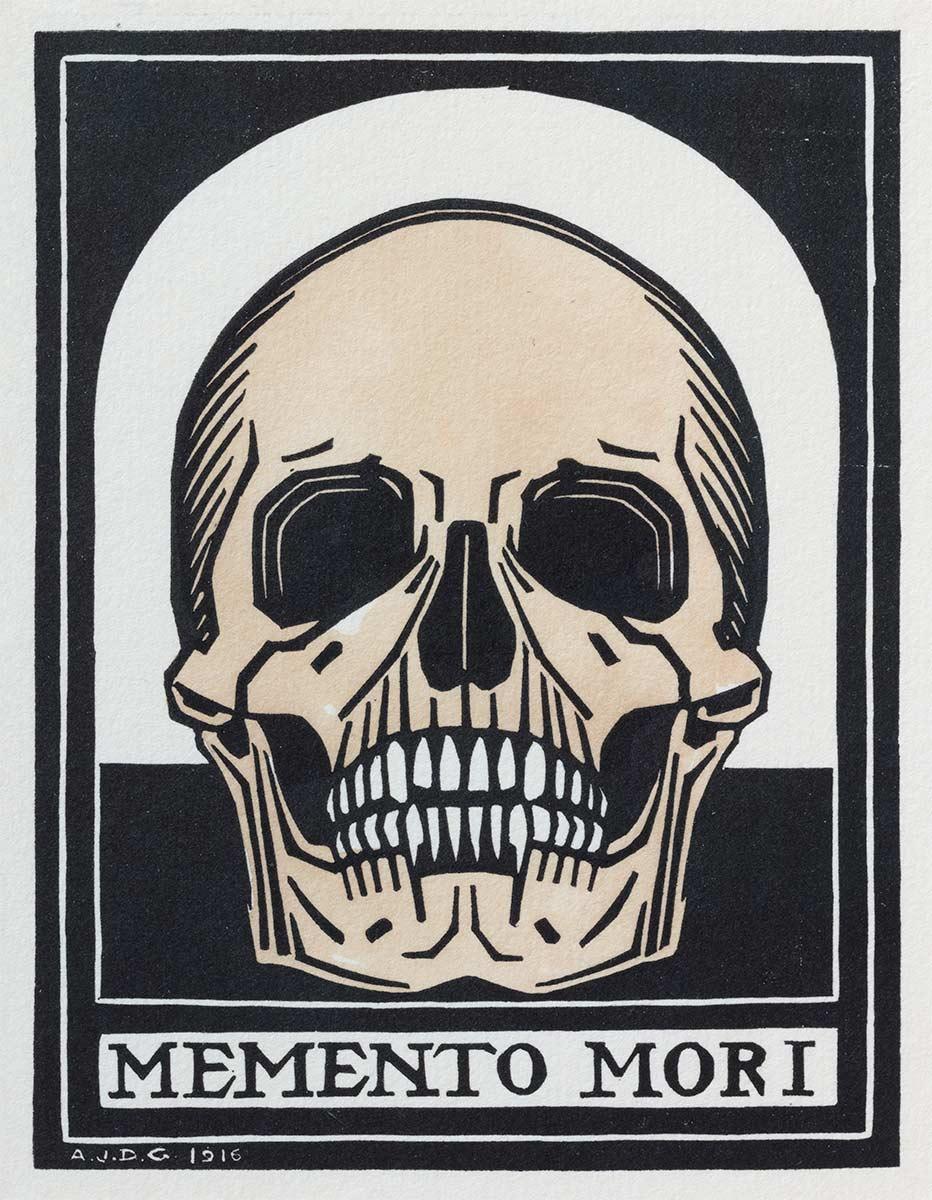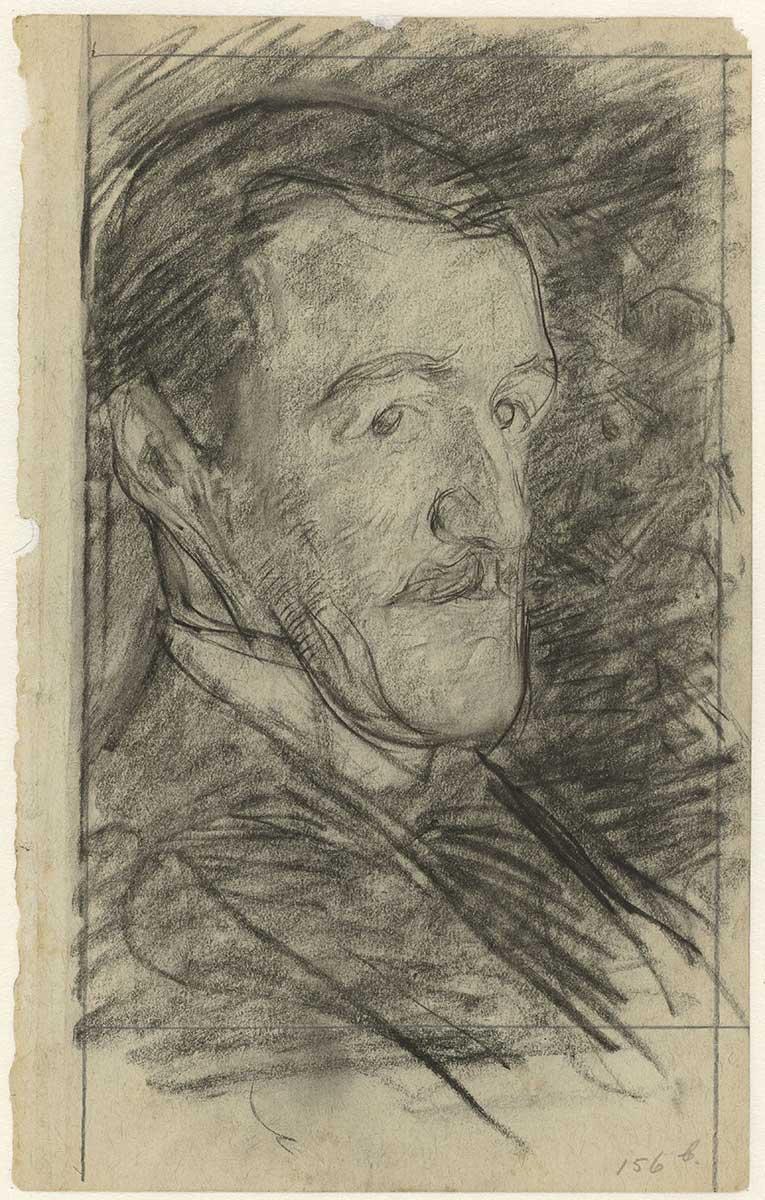
Graphic Grandeur
We use cookies and similar technologies on this website to analyze visits and to show you relevant messages on social media. By clicking 'Accept all' you give permission for their placement and for the processing of personal data obtained in this way, as stated in our privacy & cookie statement.
Our privacy & cookie statement:
Below you can choose which types of cookies you allow on the Escher in The Palace website.

The final print in Graphic Grandeur: Escher and his Contemporaries is an ode not to Escher, but to the first royal resident of this palace: Queen Emma, the Queen Mother. In this 1897 lithograph by Jan Toorop (1858-1928) we see Queen Emma and her daughter Wilhelmina on a visit to Gouda. The print features all kinds of objects associated with industry in Gouda at the time, such as pipes and candles. The litho is made in Toorop’s distinctive Art Nouveau style, recognisable by its strong contours with graceful lines and exuberant decorative elements. This style was also popularly called the Salad Oil Style, in response to the iconic decorative poster that Toorop made for the Nederlandsche Oliefabriek (Dutch Oil Factory) in Delft.

A visit like the one Toorop depicted, was made more often to find a connection with the people. In this way an attempt was made to make the royal family and the young future Queen Wilhelmina more popular. When King Willem III died in 1890, he left behind his wife Emma and ten-year-old daughter Wilhelmina. Emma became Queen Regent and ruled the country until her daughter reached adulthood. Then, Wilhelmina would become Queen of the Netherlands. From an early age she was prepared heavily for her upcoming royal role. Her mother was strict in her upbringing, but she did this out of good will to bring about royal dignity and knowledge and skills to Wilhelmina.

Due to the illness of King Willem III, no visits were made to cities and provinces throughout the country for a while, but as Queen Regent, Emma started them again. It became an important part of Wilhelmina's upbringing. Emma did this for several reasons. First of all, it was a good way for Princess Wilhelmina to get to know the country. In this way she was able to build up a personal bond with the provinces and make the past and present of the locations her own. Emma also considered it important to increase the visibility of the Royal Family. Under King William III this had been less of a priority, but with the arrival of a new young queen, Emma wanted to create a better bond between monarch and people. Emma was successful in this and with these visits, among other things, laid a good foundation for a more accessible and more open Royal Family.

Graphic Grandeur

Graphic Grandeur

Graphic Grandeur